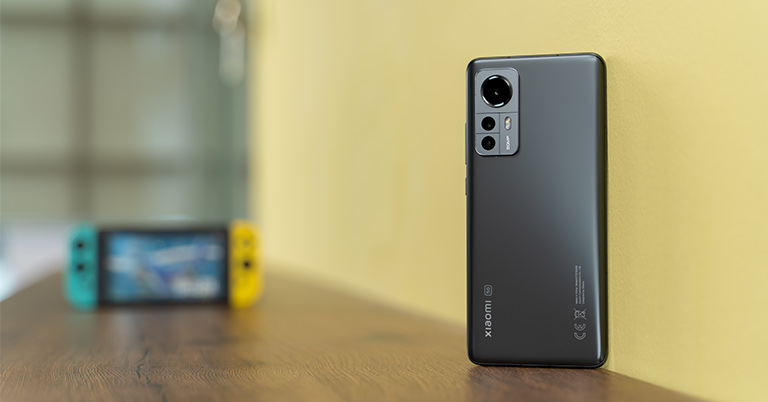
Before diving into this Xiaomi 12X review, let’s take a step back to discuss compact phones in general. Now, compact smartphones are nothing new. They might not sell as well as their bigger siblings but some people still prefer such pocket-friendly phones mostly for their handy design. And maybe because of the affordable price tag too).
But as smartphones continue to grow bigger—even the budget and mid-range ones—there aren’t that many compact phones in the market, to begin with. If the industry rumors are anything to go by, Apple is reportedly done with “mini” iPhones as well because of their disappointing sales.
And in the Android world, Samsung is among the few brands that still makes small flagships. But since they cost a pretty penny too, compact phones haven’t really found their strong foothold. So when Xiaomi announced the 12X, I was pretty eager to review the phone since it mixes powerful hardware and a relatively inexpensive price tag in a form factor I haven’t got to play around with, in quite a long time.
Xiaomi 12X Specifications:
- Body: 69.9 x 152.7 x 8.16mm, 176 gm, Glass back, Aluminum frames
- Display: 6.28-inches AMOLED DotDisplay, 120Hz refresh rate, 480Hz touch sampling rate, Gorilla Glass Victus, HDR10+, Dolby Vision, 12-bit color depth
- Other Properties: 68 billion colors, DisplayMate A+, 1100 nits peak brightness
- Resolution: FHD+ (2400 x 1080 pixels), 419 PPI, 20:9 aspect ratio
- Chipset: Qualcomm Snapdragon 870 5G (7nm mobile platform)
- CPU: Octa-core:
– 1x Kryo 585 Prime (Cortex-A77, 3.20 GHz)
– 3x Kryo 585 Gold (Cortex-A77, 2.42 GHz)
– 4x Kryo 585 Silver (Cortex-A55, 1.80 GHz) - GPU: Adreno 650
- Memory: 8/12GB LPDDR5 RAM, 128/256GB UFS 3.1 storage (fixed)
- Software & UI: Android 11 with Xiaomi’s MIUI 13 on top
- Rear Camera: Triple (with LED flash);
– 50MP, f/1.88 Sony IMX766 sensor, OIS
– 13MP, f/2.4 ultrawide sensor, 123° FoV
– 5MP, f/2.4 telemacro sensor, 3–7 cm autofocus - Front Camera: 32MP, f/2.5 sensor (hole-punch cutout)
- Audio: Dual stereo speakers, Dolby Atmos Audio, Sound by Harman Kardon, No 3.5mm headphone jack
- Security: In-display fingerprint sensor (optical), Face unlock
- Sensors: Accelerometer, Ambient light, Color temperature, E-compass, Gyro, Proximity, IR blaster
- Connectivity: Dual-SIM (Nano), WiFi 6 a/b/g/n/ac/ax (Dual-band), Bluetooth 5.1, GPS / AGPS / Beidou / Galileo / NavIC, USB Type-C, 4G LTE (VoLTE), 5G
- Battery: 4500mAh with 67W wired charging (67W power adapter provided)
- Color Options: Gray, Purple, Blue
- What’s inside the box: Xiaomi 12X, SIM ejector, 67W adapter, USB-A to USB-C cable, Protective case, User manual and other documents
- Price in Nepal: Rs. 76,999 (8/256GB)
Xiaomi 12X Review:
Design & Build
- 69.9 x 152.7 x 8.16mm, 176 grams
- Glass front/back, Aluminum frames
- No IP certification against dust and water damage
Goes without saying that the best thing about this phone is its design. I mean, I can’t recall the last time I had this much fun just… holding a phone in my hands! Even when I’m walking down the street, I feel like holding on to it instead of keeping it in my pockets.
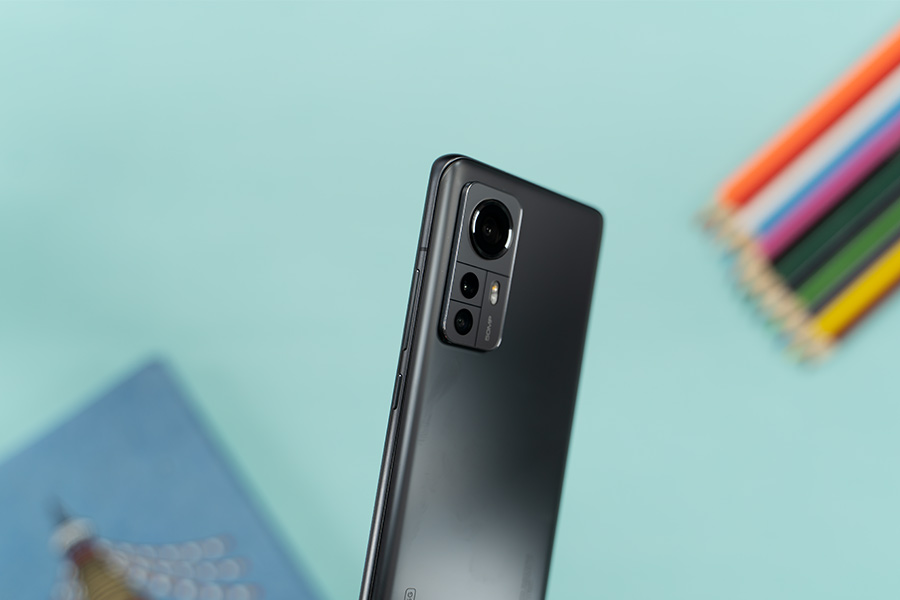
Everything from its curved design to weight and dimensions feels as perfect as can be, at least for me. The build material is premium all around and that camera module looks quite attractive as well.
I guess the only thing keeping the Xiaomi 12X from being a complete slam dunk—as far as design is concerned—is the fact that it lacks any form of IP rating. If you recall, this was also our biggest issue with the Xiaomi 12 Pro. And that phone is almost 50% more expensive than this guy! So as the monsoon season enters the Nepali climate, I might have to carry a clear bag with me every time I’m headed out to safeguard this phone just in case.
Display
- 6.28-inches FHD+ AMOLED DotDisplay
- 120/480Hz refresh/touch sampling rate
- Corning Gorilla Glass Victus protection
Upfront, the Xiaomi 12X has a record-breaking display. In fact, besides the Xiaomi 12, this is the only other smartphone in the market with 12-bit color depth right now, which means this screen can play true Dolby Vision content since they are mastered at up to 12-bit.
But for some reason, our unit of the 12X struggles with playing HDR videos. A quick comparison with Xiaomi 12 demonstrates exactly what I mean.
-

Top: Xiaomi 12X | Bottom: Xiaomi 12
As you can see, be it on YouTube or Netflix, HDR videos look way dimmer and with low contrast on the 12X. I tried switching between multiple display profiles but that didn’t do it. At first, I thought this was a chipset limitation but quickly found out that the Snapdragon 870 on the Xiaomi 12X and the 8 Gen 1 on the Xiaomi 12 both support 10-bit color depth only. So yeah, this is something Xiaomi should fix with a future update.
Sorry, no LTPO
Moving on, browsing through this 120Hz AMOLED screen is a buttery smooth experience. I wish it had a second-gen LTPO panel like the Xiaomi 12 Pro to save power though since this display can switch between 60 and 120Hz only.
And while outdoor visibility is absolutely no trouble here, I’ve noticed that its auto-brightness adjustment is a bit slow—which sometimes fails to work entirely.
On the other hand, you won’t have to worry about accidental touches on this curved display, although dark edges when viewing bright content isn’t something a software feature can fix. Then again, its optical fingerprint reader is super responsive and easy to reach.
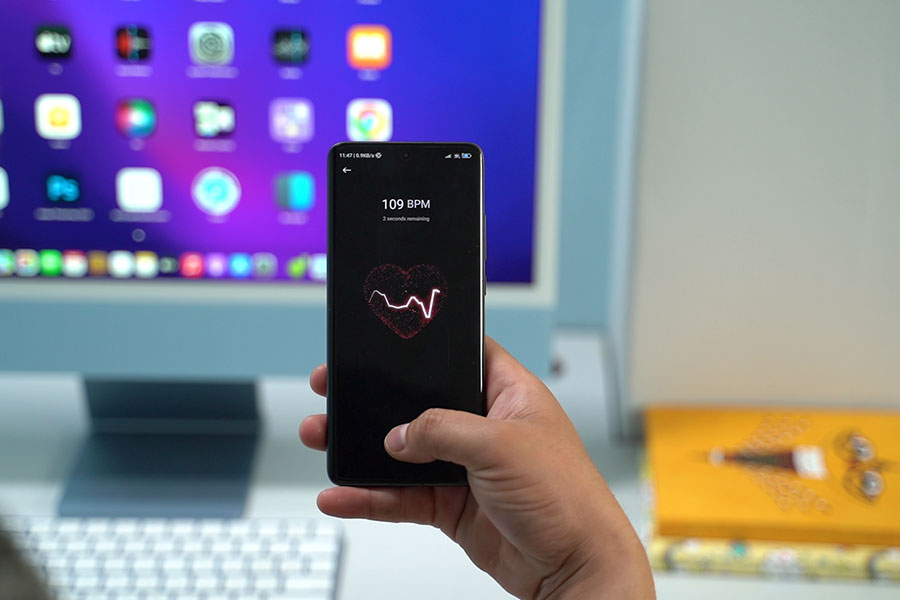
Oh—it can also measure your heart-rate levels, by the way. And cross-checking it with the Xiaomi Watch S1 Active that I’ve recently started testing, I found that the readings weren’t that far off between the two. But because this feature is hidden so deep inside the settings, I rarely remembered using it.
Audio & Haptics
- Dual stereo speaker, Dolby Atmos
- No 3.5mm headphone jack
- X-axis linear vibration motor
In terms of audio, the stereo speakers on this phone sound amazing. The stereo separation is nice, it gets plenty loud, and the overall audio sounds substantially rich to deliver a great listening experience.
I haven’t faced any issue with call quality on the Xiaomi 12X either and it supports Carrier Aggregation too. Disappointingly enough, the company has gone with Elliptic Labs’ virtual proximity sensor on the entire 12 series.
-

Left: Xiaomi 12 | Right: Xiaomi 12X
I don’t know if they’re contractually obligated to do this or if it’s just another cost-cutting measure, but this sure doesn’t feel flagship-like, if you ask me. And the haptic feedback from its x-axis linear motor turned out to be weaker than expected as well. As a result, the typing experience here isn’t as enjoyable as I would’ve liked despite the phone’s fluid 480Hz touch sampling rate.
Performance
- Octa-core Qualcomm Snapdragon 870 5G SoC (7nm)
- 8/12GB LPDDR5 RAM, 128/256GB UFS 3.1 storage (fixed)
- Android 11 with Xiaomi’s MIUI 13 on top
Okay, let’s talk about its performance now. The Snapdragon 870 chip powering this phone is a reliable processor—you know it, I know it. Matter of fact, it is widely regarded as the best flagship mobile chip of last year—even surpassing the Snapdragon 888—thanks to its excellent balance of power and efficiency.
Needless to say, the Xiaomi 12X has handled my everyday performance just fine and it can juggle through multiple apps at a time like nothing.

But I gotta say that it feels like Xiaomi has gone out of its way to undersell the performance of this phone. First off, it runs on Android 11-based MIUI 13 instead of the latest Android 12. While I understand that the core MIUI experience isn’t that different between the two Android versions, it’s still not reasonable for a 2022 phone to ship with a 2-year-old operating system.
No guaranteed future updates (womp, womp…)
And unlike the Xiaomi 12 and 12 Pro, the company doesn’t guarantee 3 years of OS and 4 years of security updates for this phone either. I guess it could get 2 generations of major OS updates at best, but even that means the 12X won’t see beyond Android 13.
Xiaomi 12X Review: Benchmarks
Moreover, the bloatware situation here is almost embarrassing too. Despite Xiaomi’s claims of minimal bloatware apps on MIUI 13, the 12X ships with a bunch of those weird mini-games—which is not the case with the more expensive entries in this lineup, by the way.
How’s gaming then?
On to the gaming side of things, this phone can deliver a stable 60 fps gameplay on all the popular titles like PUBG, Call of Duty, and Asphalt 9 with little to no frame drops at the highest settings. Its cooling system does a good enough job of keeping the temperature in check to some extent as well.
But Xiaomi is clearly throttling the performance of high fps-ready games like Critical Ops and Mech Arena to prevent overheating by limiting them to just 60 fps. Then again, considering the phone’s petite form factor that houses the Snapdragon 870 processor, it’s a pretty understandable move.

Still and all, the 12X does heat up quite fast when playing Genshin Impact at “Highest” graphics with the 60 fps option enabled.
After just 10 minutes into the game, I recorded its CPU and battery temperature at 49 and 42°C. And as far as gameplay goes, I was getting a fairly steady 43 fps on average but there are noticeable stutters now and then—whereas the game would dip to as low as 27 fps under heavy attack sequences and such.
But when you’re not pushing the phone to its limits under resource-heavy games, it doesn’t really heat up that much. We recently shot an entire vlog from the Xiaomi 12X in Lumbini, which is one of the hottest regions in Nepal. And we were pleasantly surprised with how well it handled the heat. Quite literally!
Of course, things like shooting 4K videos non-stop is an exception but that is true for practically every other flagship phone out there.
Cameras
- Triple camera setup at the back
- (50MP main, 13MP ultrawide, 5MP telemacro)
- 32MP selfie camera (hole-punch cutout)
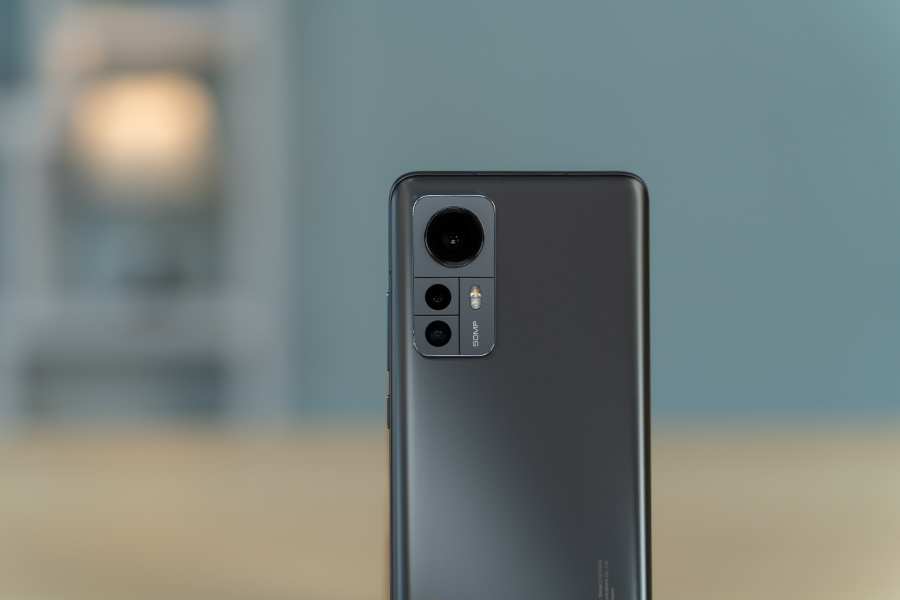
Okay, that’s my cue to get into the camera section of this Xiaomi 12X review. The phone brings a triple camera array led by a 50MP Sony IMX766 sensor with OIS, alongside a 13MP ultrawide and a 5MP telephoto camera.
Normal Images
As expected from a Xiaomi phone, it prefers warm, saturated colors over what’s natural. So if you prefer vibrant, colorful images with nice details, I’m sure you’ll like what the 12X offers.
Ultrawide Images
But its ultrawide shots are a different story altogether.
Apart from inferior details, the photos turn out hazy and have worse dynamic range most of the time compared to the primary images.
And maybe Xiaomi shouldn’t have placed the ultrawide camera this low since I often end up with photos like this—where my index finger accidentally sneaks into the frame.
Portrait Images
I’m not that impressed with its portrait shots either.
Maintaining a proper skin tone still remains a challenge for Xiaomi’s image optimization, whereas the images have unnatural background bokeh and dynamic range.
Selfie Images
And this goes for the selfies too.
Nighttime Images
As for your standard nighttime photos, they are pretty muddy despite the onboard OIS.
But with Night Mode turned on, the 12X delivers much sharper results with superior HDR processing.
Videography
When it comes to videos, the phone can even record 8K 24 fps videos, if you’re into that (for some reason). But what’s even more amazing here is how it shoots fairly stable videos across all resolutions.
Even though the 12X relies entirely on EIS and a bit of cropping in magic to achieve the said result, I don’t really mind. However, this is yet another Xiaomi flagship that can’t record 4K selfie videos. And its 1080p selfies are quite horrible at exposure control above everything else.
Battery
- 4500mAh battery with 67W fast charging
Moving on, while the biggest charm of small phones is their handy design itself, one of the reasons most people are hesitant towards them is because of their flaky battery life. And I wish I could say the Xiaomi 12X is an exception.
Although its 4500mAh battery is significantly larger than what you’ll find on other compact phones like the Galaxy S22 or the Asus 8z, it struggled to last me through the day on multiple occasions. With just 5—maybe 6 hours of screen-on time if I’m being generous—I found myself plugging it in to charge more often than ever.
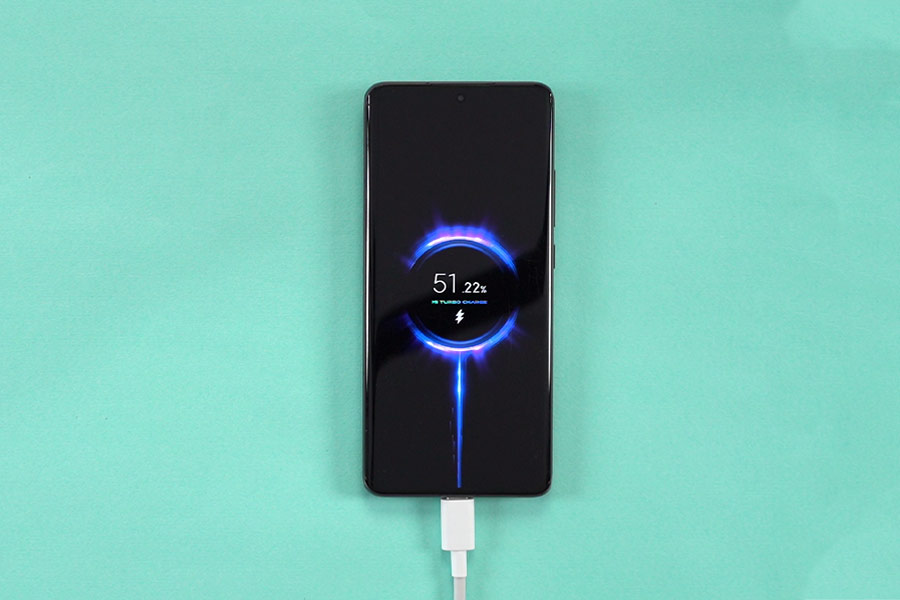
Plus, its overnight battery drain is a bit excessive as well, with around 5 to 8% charge lost on average. Regardless, using the 67W charger that ships inside the box, it fully charges in under 45 minutes. But unlike the other entries in the Xiaomi 12 series, this one doesn’t do wireless charging.
Xiaomi 12X Review: Conclusion
So let’s wrap up this Xiaomi 12X review. In spite of its mesmerizing design that is to die for, I’m afraid I can’t recommend this phone that easily. I wanted to like this phone so bad but above all, my biggest issue with the 12X is that it somehow doesn’t feel like a confident standalone phone.
Instead, it has hints of the classic marketing technique where a company intentionally makes a product look less appealing to sell something more expensive. Going by Xiaomi’s recommended retail pricing, the 12 and 12X are just 100 dollars apart.
-
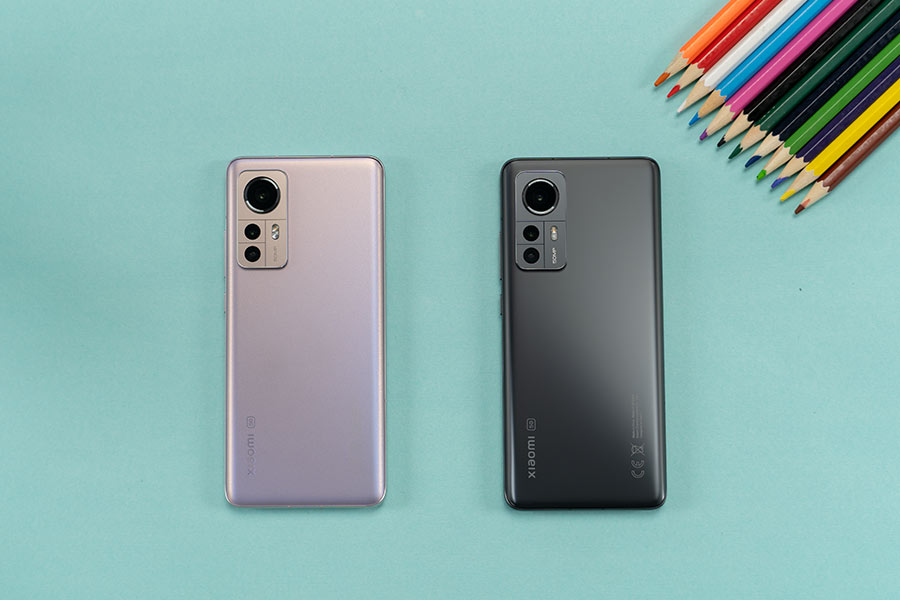
Left: Xiaomi 12 | Right: Xiaomi 12X
For that added cost, you’re getting the latest flagship processor that’ll age a lot better, the newest software with guaranteed updates, wireless charging, and a few other touch-ups. And you know what, all this could easily be worth the extra money to most people.
Yet, if that doesn’t apply to you, and you’re just looking for a compact yet capable Android phone, then the Xiaomi 12X is still a decent buy. No, it’s not a great value-for-money device that we usually expect from Xiaomi. And in fact, it’s missing a few crucial features like IP rating and a telephoto camera for a phone in this price range as well.
But none of the “better” Android options out there like Samsung’s Galaxy A73 or the Pixel 6 in the western market offer the handy design of 12X. And regarding the whole Android 11 and future update situation, maybe installing a custom ROM is what you have in mind. It is powered by a Qualcomm processor after all, which means higher chances of custom ROM development.
- Watch our video review of Xiaomi 12X
Xiaomi 12X Review: Pros & Cons
Pros:
- Extremely handy design
- Color-rich AMOLED display
- Impressive stereo speakers
- Reliable performance
- The primary camera shoots great photos
- 67W fast charging
Cons:
- No official IP rating
- Skips LTPO panel for adaptive refresh rate
- Still runs on Android 11
- No guaranteed future updates
- Ultrawide camera could’ve been better
- Not the best battery endurance






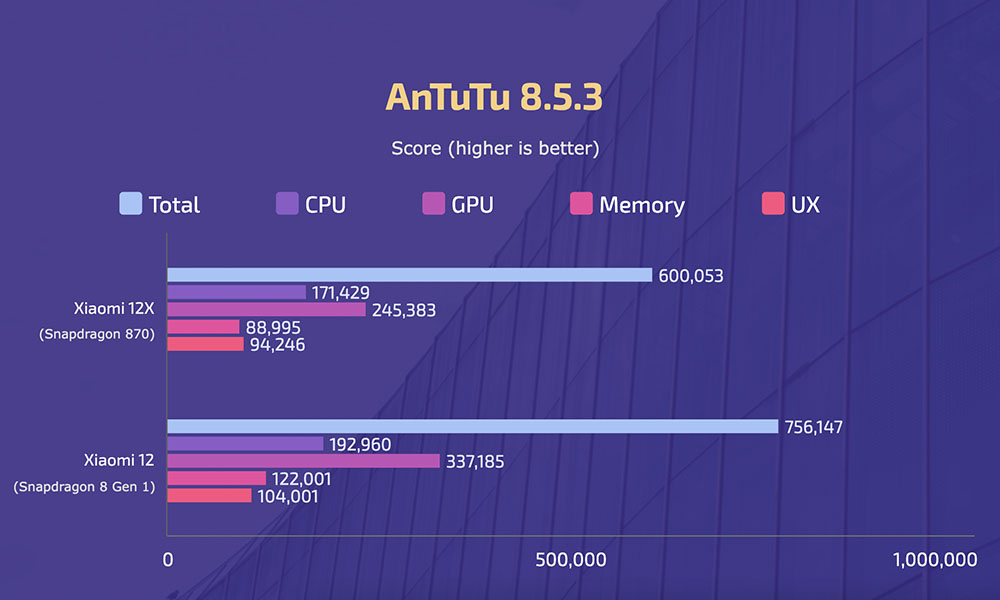


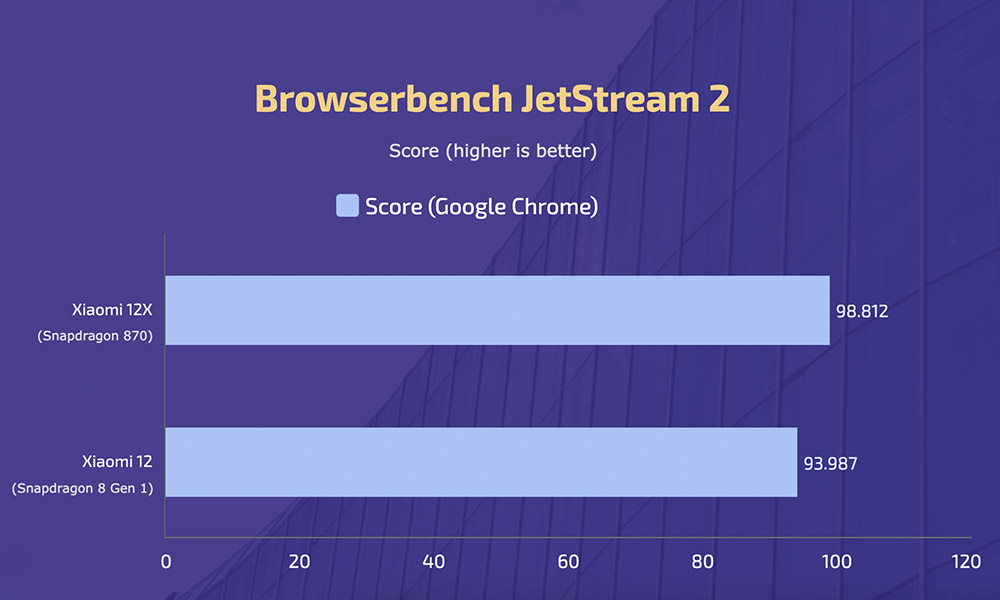
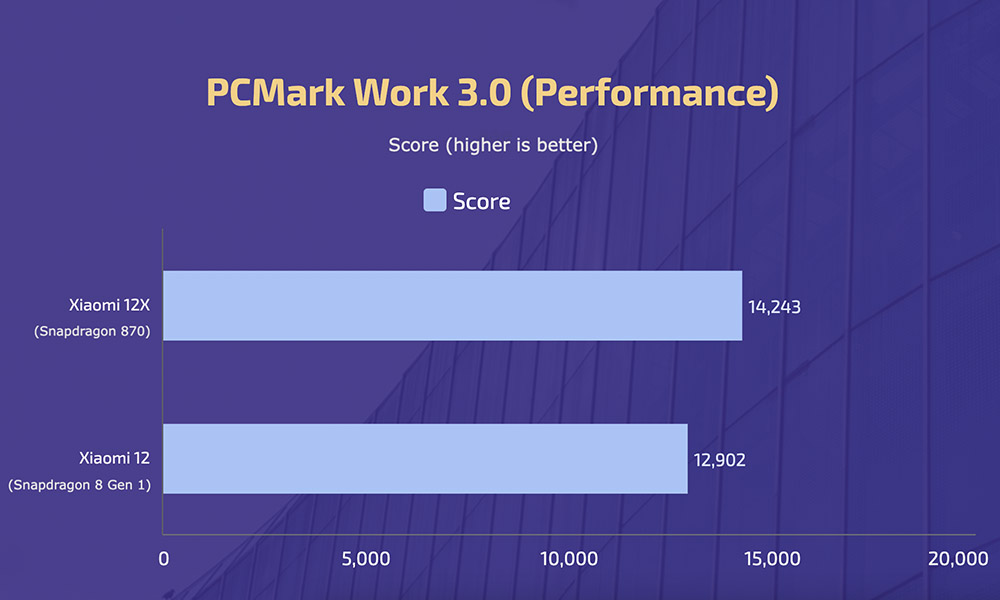

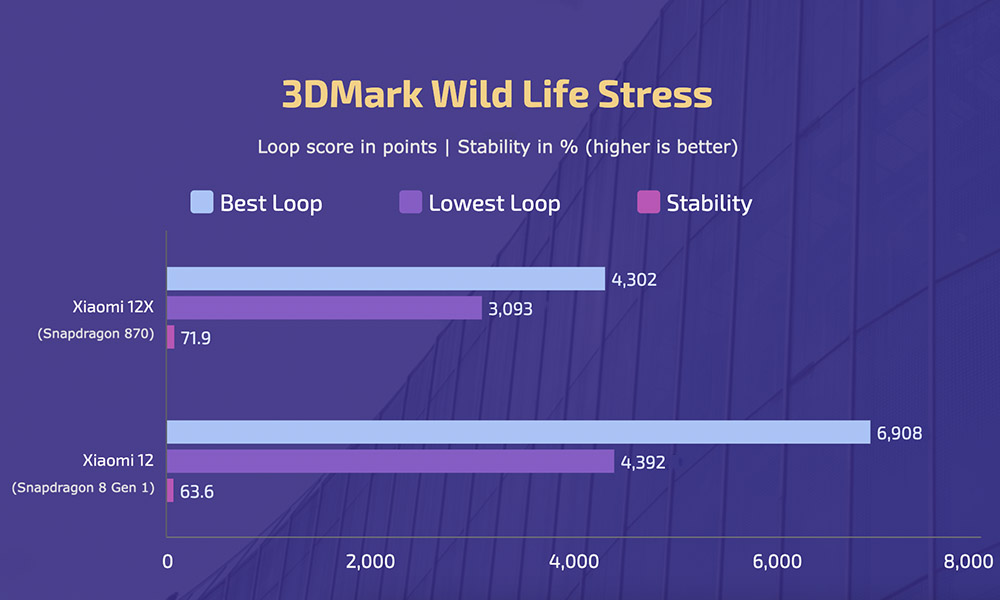
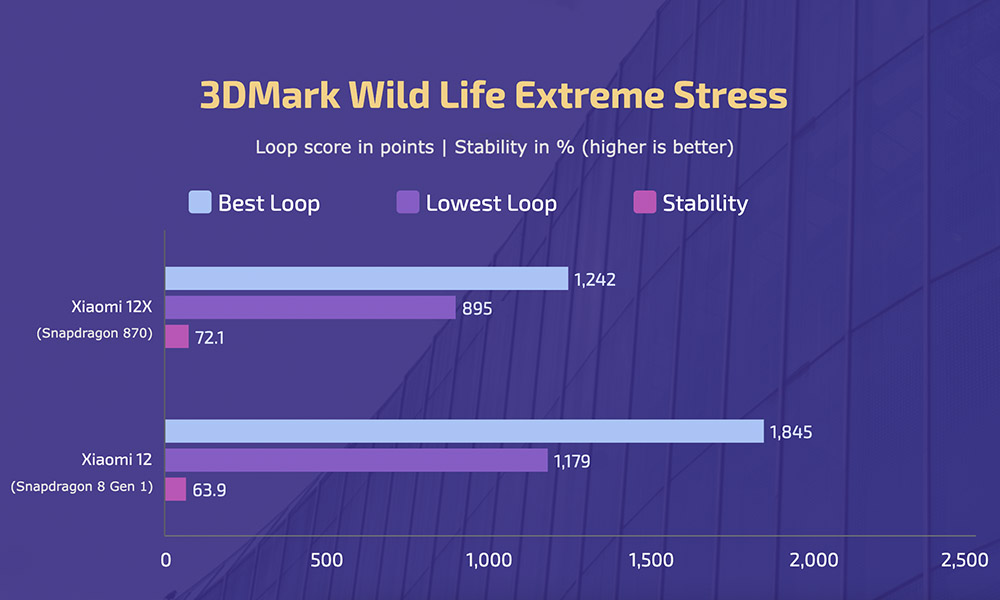

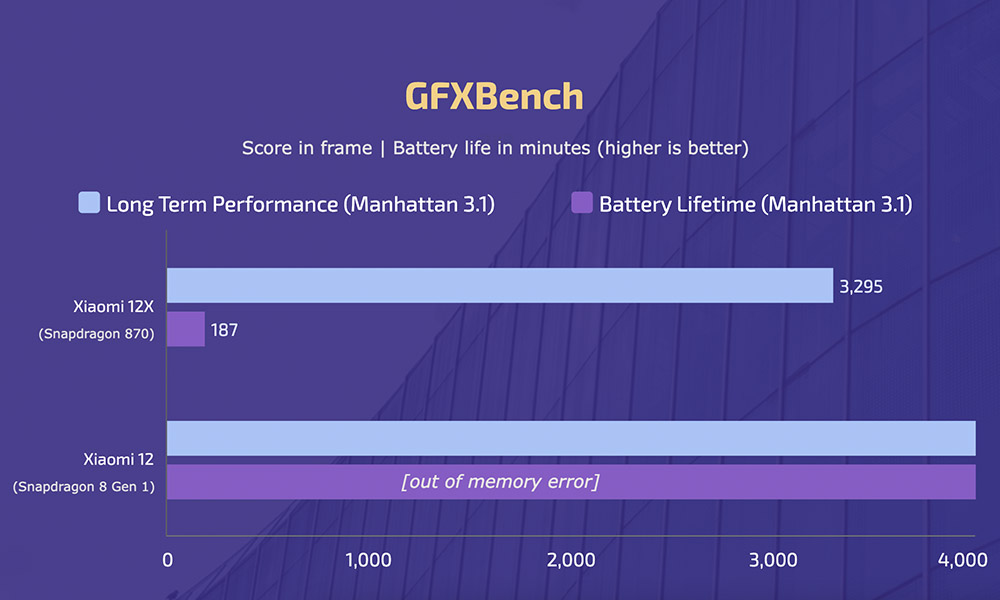
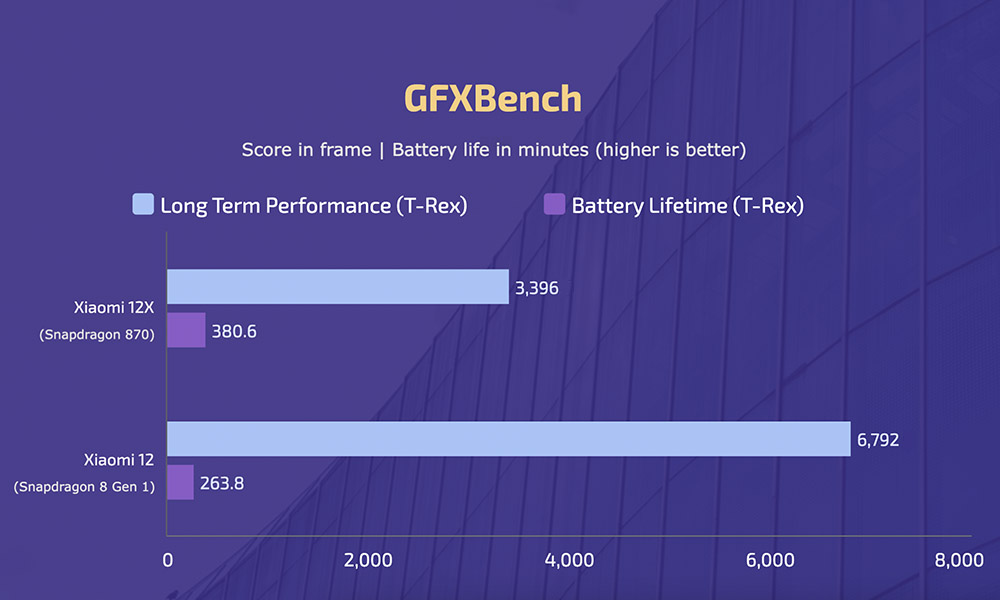
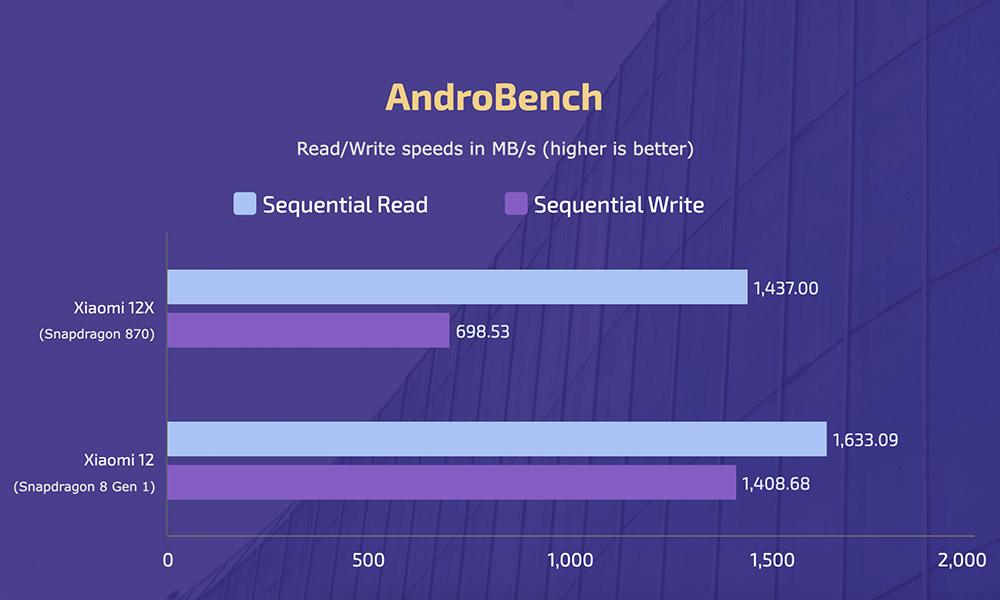
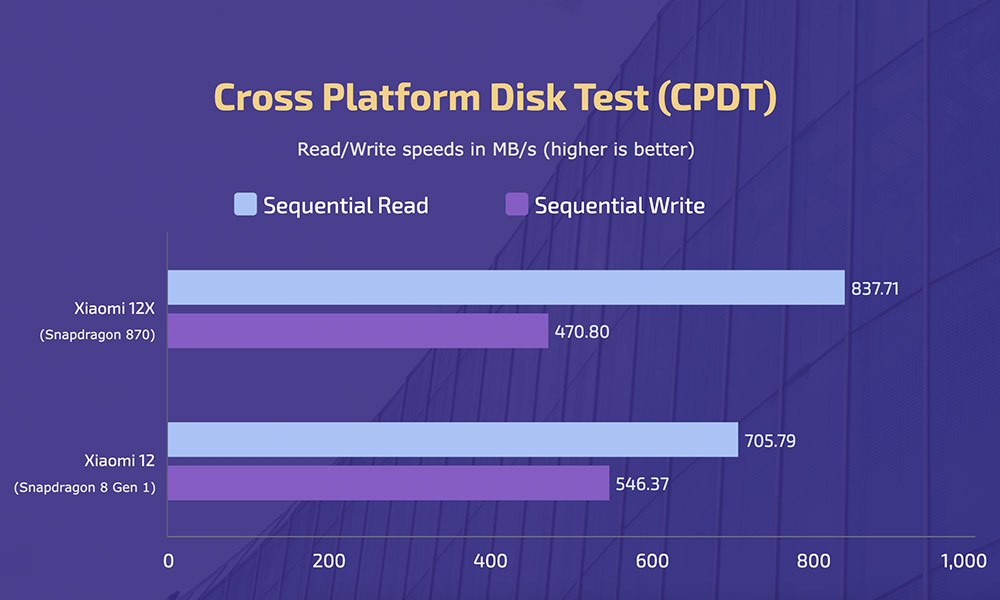
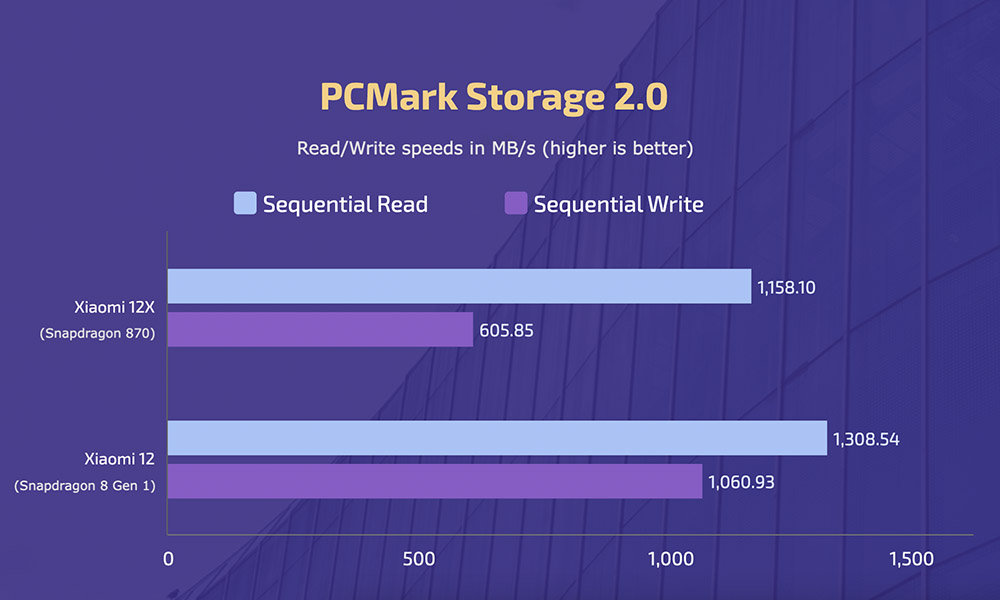

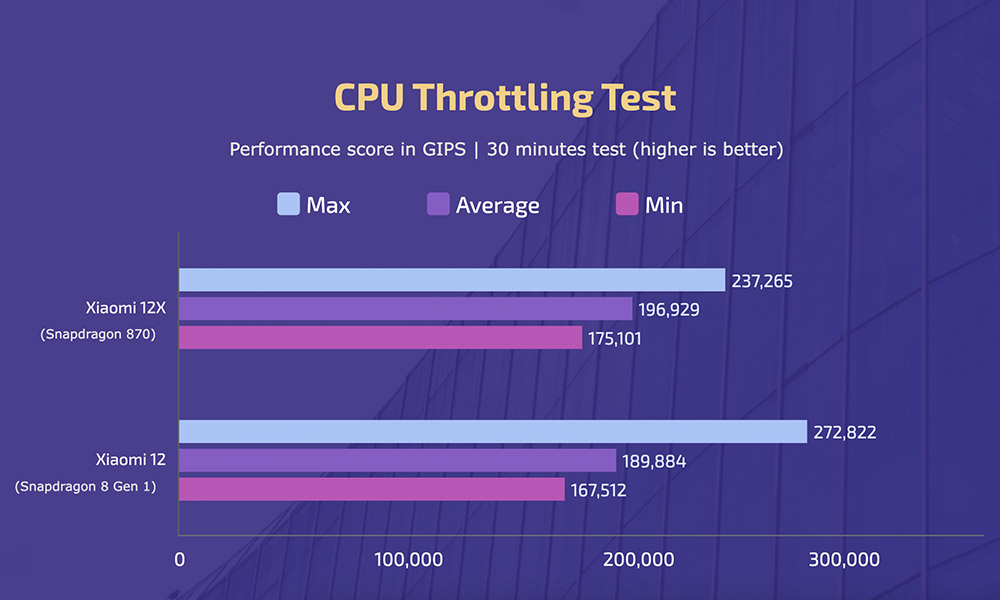




























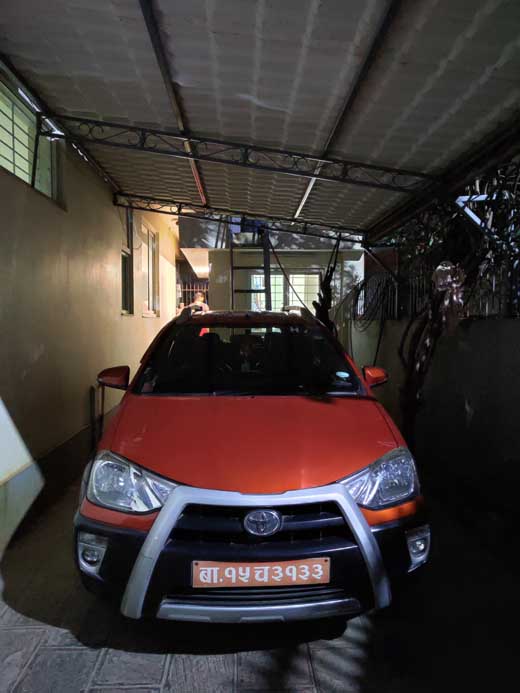

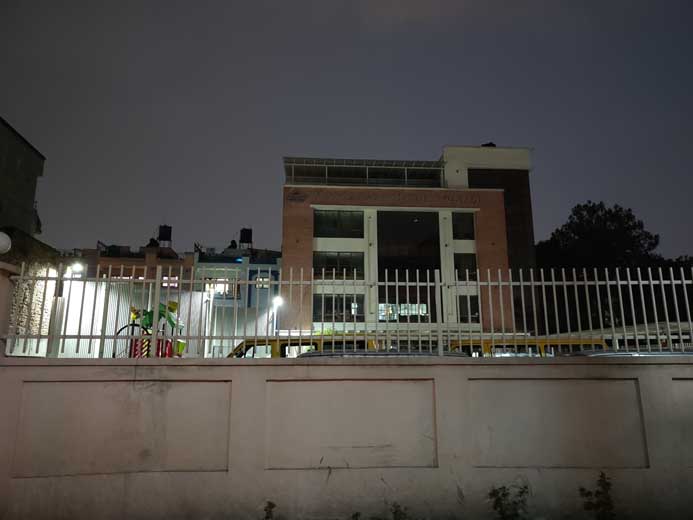
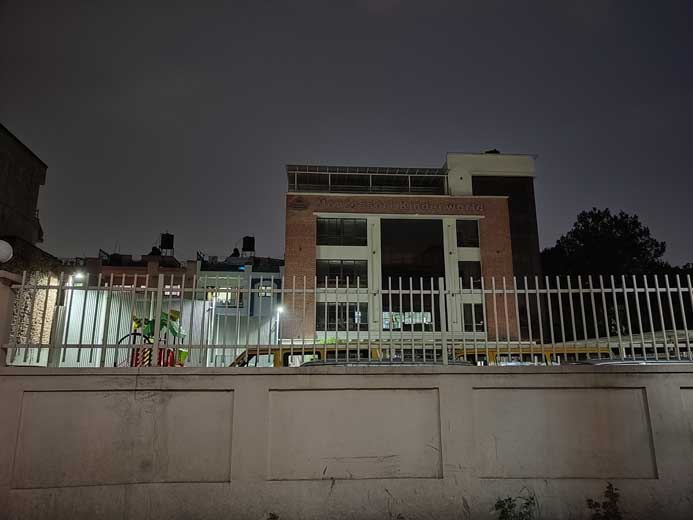



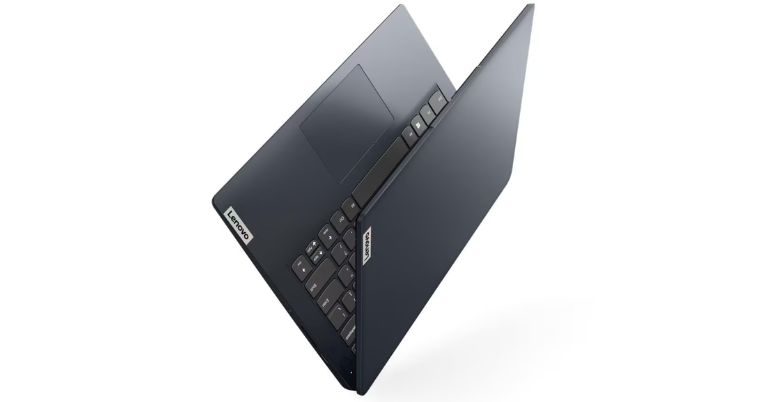
![Best Gaming Laptops in Nepal Under Rs. 250,000 (रु 2.5 Lakhs) [2025] Best Gaming Laptops Under 2.5 lakhs in Nepal [Feb 2025 Update]](https://cdn.gadgetbytenepal.com/wp-content/uploads/2025/02/Best-Gaming-Laptops-Under-2.5-lakhs-in-Nepal-Feb-2025-Update.jpg)
![Best Gaming Laptops in Nepal Under Rs. 120,000 (रु 1.2 Lakhs) [2025] Best Budget Gaming Laptops Under Rs 120000 in Nepal 2025 Update](https://cdn.gadgetbytenepal.com/wp-content/uploads/2025/05/Best-Budget-Gaming-Laptops-Under-Rs-120000-in-Nepal-2024-Update.jpg)
![Best Laptops Under Rs. 80,000 in Nepal [2025] Best Laptops Under 80,000 in Nepal March 2025 Update](https://cdn.gadgetbytenepal.com/wp-content/uploads/2025/03/Best-Laptops-Under-80000-in-Nepal-March-2025-Update.jpg)
![Best Laptops Under Rs. 70,000 in Nepal [2025] Best Laptops Under 70,000 in Nepal March 2025 Update](https://cdn.gadgetbytenepal.com/wp-content/uploads/2025/01/Best-Laptops-Under-70000-in-Nepal-March-2025-Update.jpg)
![Best Mobile Phones Under Rs. 15,000 in Nepal [Updated 2025] Best Phones Under 15000 in Nepal 2024 Budget Smartphones Cheap Affordable](https://cdn.gadgetbytenepal.com/wp-content/uploads/2024/03/Best-Phones-Under-15000-in-Nepal-2024.jpg)
![Best Mobile Phones Under Rs. 20,000 in Nepal [Updated] Best Mobile Phones Under NPR 20000 in Nepal 2023 Updated Samsung Xiaomi Redmi POCO Realme Narzo Benco](https://cdn.gadgetbytenepal.com/wp-content/uploads/2024/01/Best-Phones-Under-20000-in-Nepal-2024.jpg)
![Best Mobile Phones Under Rs. 30,000 in Nepal [Updated 2025] Best Phones Under 30000 in Nepal](https://cdn.gadgetbytenepal.com/wp-content/uploads/2025/01/Best-Phones-Under-30000-in-Nepal.jpg)
![Best Mobile Phones Under Rs. 40,000 in Nepal [Updated 2025] Best Phones Under 40000 in Nepal 2024 Smartphones Mobile Midrange](https://cdn.gadgetbytenepal.com/wp-content/uploads/2024/02/Best-Phones-Under-40000-in-Nepal-2024.jpg)
![Best Mobile Phones Under Rs. 50,000 in Nepal [Updated 2025] Best Phones Under 50000 in Nepal](https://cdn.gadgetbytenepal.com/wp-content/uploads/2025/01/Best-Phones-Under-50000-in-Nepal.jpg)
![Best Flagship Smartphones To Buy In Nepal [Updated] Best flagship phone 2025](https://cdn.gadgetbytenepal.com/wp-content/uploads/2024/07/Best-Flagship-Phones-who-is-it-ft-1.jpg)